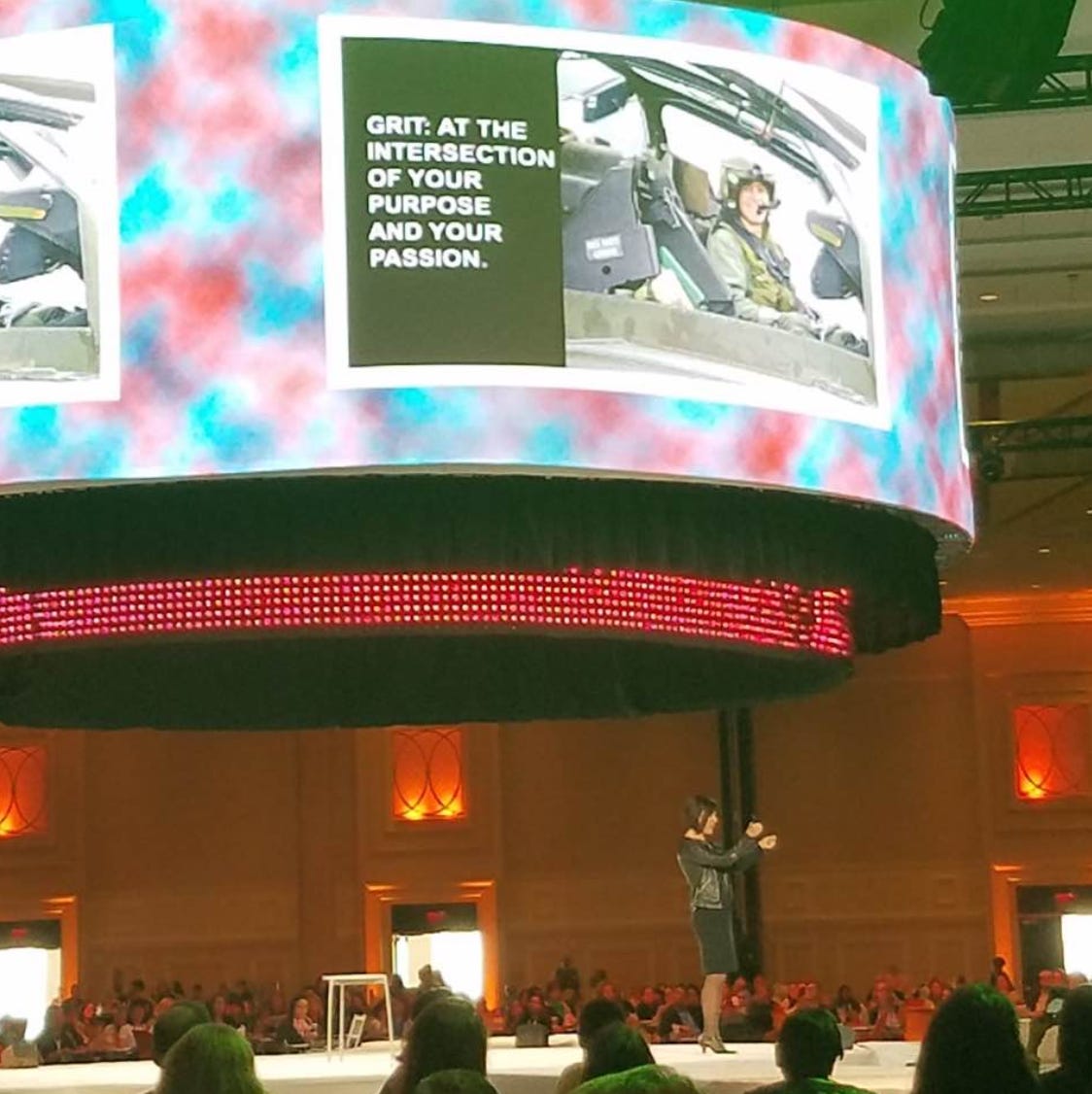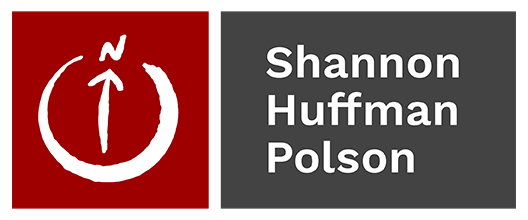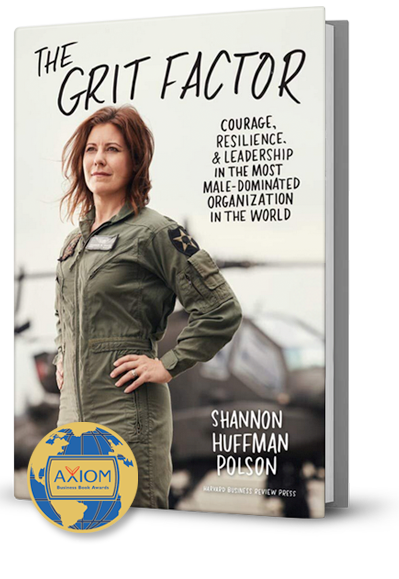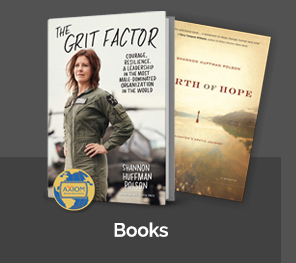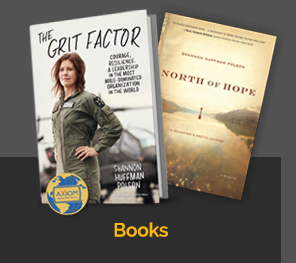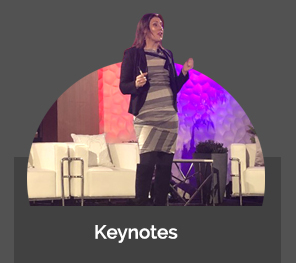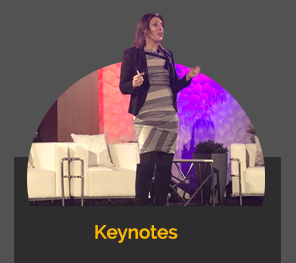- Building Courageous Leaders for a Better World
November 2022
November 2022
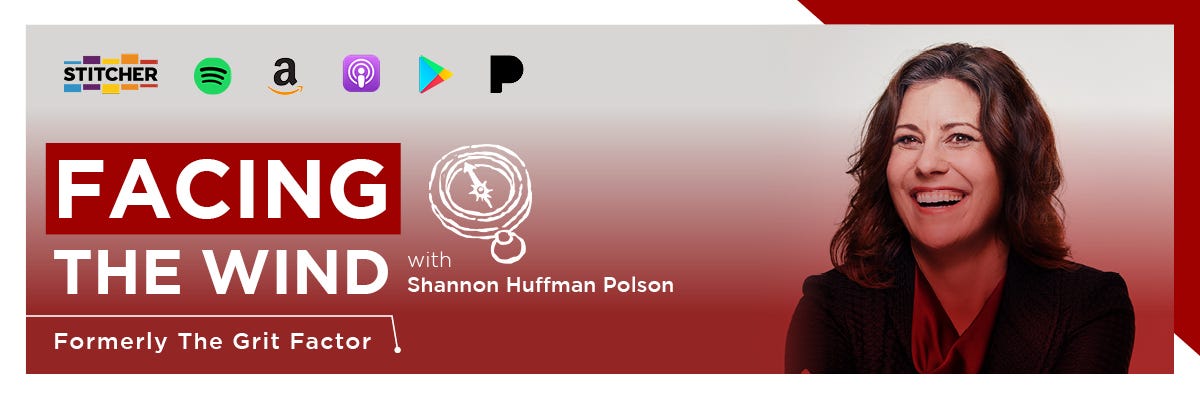
Don’t miss today’s podcast episode of Facing the Wind with Tina Morris, COO at S&P and U.S. Army Veteran.
This Friday is Veterans’ Day— and today it the birthday of the United States Marine Corps (Happy Birthday Marines!)
My late father-in-law, whom we called Pops, was a Marine in the last year of WWII in the Pacific, as well as in Korea. Throughout his greater than 90 year life, he connected strongly to that service, proudly flying the Marine Corps flag in front of their home, and using a vanity plate of 10NOV75.
My husband tells a story of Pops going to work, which he did unfailingly well into his 80s, in the midst of the WTO riots in Seattle. He was stopped by a National Guard soldier, who asked where he was going. Pops responded he was going to work, as he did every day. The soldier nodded, but before letting his pass asked:
“By the way, Sir, what does your license plate mean?”
And Pops answered:
“Son, there are three dates you need to know. The birth of our country, the birth of our Lord Jesus Christ, and the birth of the United States Marine Corps!”
The soldier stood straight, said “Yes, Sir!” and Pops went on to work.
To serve is no small thing. In our all volunteer services, it is to put aside your own interests for the good of something bigger than yourself, often at the expense of your own interests and family. We used to say in the military that our service meant signing a blank check up to and including your life. It is not the kind of service that can be fully equated with other kinds of service, and perhaps it’s because of this that those who have not served in the same way find challenges in understanding this particular kind of experience, and fully respect and utilize the life experiences of once-soldiers, sailors, airmen and marines. This same conversation could be applied with a few changes to any group of potential job applicants at any level, so read on.

Yet a soldier is intended to be a civilian, too. Veterans serve in uniform, taking on completely a separate culture and identity which permits them to be and do whatever is required for the nation in its hardest times—and then they reenter life as a civilian. Honoring those two roles, sometimes performed in tandem in the case of reservists or members of the National Guard, and making that transition possible, is important for not just the wellbeing of our veterans but for the benefit of the organizations and institutions which they will enter. This week I have a series of posts on LinkedIn on this topic: I’d love to know your thoughts!
(A fun story about one of the posts: my old first sergeant— a company commander’s right hand man or woman, found me because of my post— which included the two of us at the 38th parallel in Korea. We’re reconnected after 23 years!)
The work of Human Resources and the work of leaders in any organization to create culture and to provide the support for individuals to shine is never easy. Today, it’s never been harder.
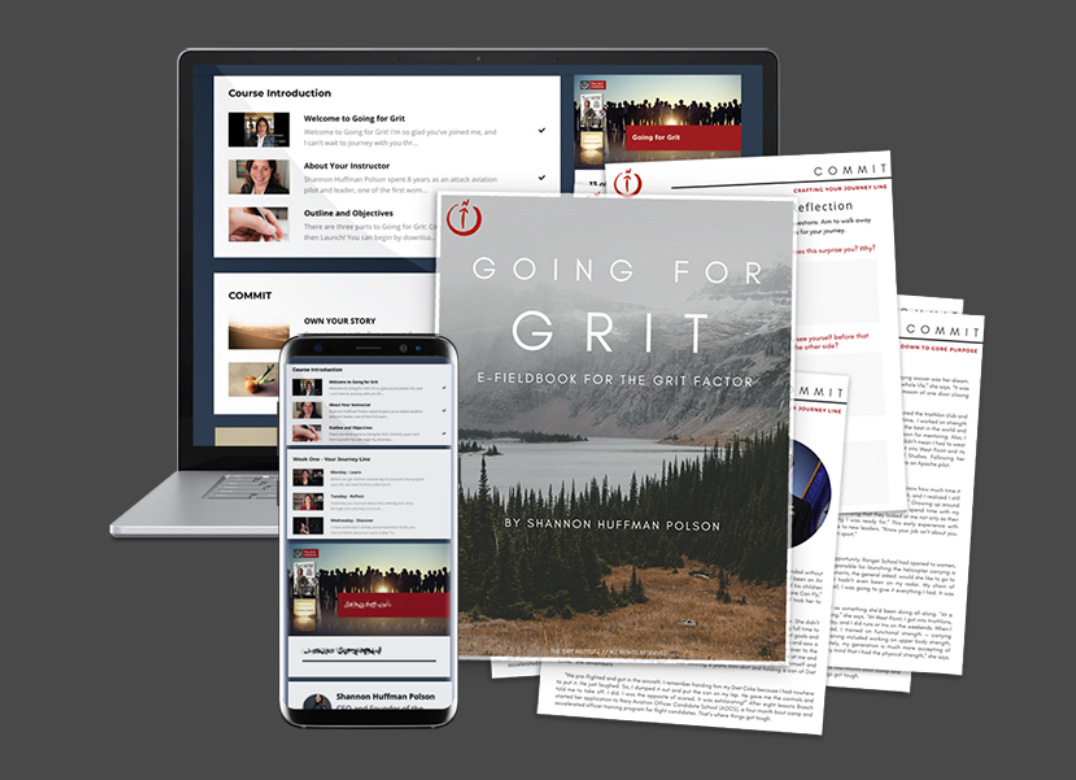
Speaking of helping to facilitate transitions for anyone: Don’t miss this INCREDIBLE DISCOUNT on our signature six-week online course, GOING FOR GRIT, in honor of Veterans Day — only for a VERY LIMITED TIME!
This is the course I developed because of my own challenges in making this transition, and I know it will change your life and work.
Despite the laudable efforts and commitment by companies reaching out to hire veterans, and the interest in veterans to join the corporate community, integration even of the best performers can fall flat. The good news is there are simple steps to fix this. The expected caveat is that of course you’ll have to have the commitment to make it happen, and be willing to do the work.
In addition to facing myriad misperceptions and assumptions, veterans often transition from the military unsure of what opportunities are available or how exactly their skills sets will transfer. They’ve been trained deeply in a skill, which may or may not apply directly to their future work, but more generally, they are trained to lead people to accomplish difficult tasks and find creative solutions.
The two most important areas of focus for hiring managers and veterans are:

photo sent from a friend who was browsing Elliot Bay Books: The Grit Factor in the wild!
1. Asking questions.
For both veterans and hiring managers, assumptions can be damaging, and limit opportunities for excellence. Instead of making assumptions about a person or their experiences, before and after your hire, ask questions about things you don’t understand.
Be aware that you likely are making assumptions. When connecting with someone from any other culture, we’re informed subconsciously by media representations, if any, and carry our own biases and opinions. Be aware of these assumptions, and challenge yourself to put them aside. Ask questions of the person or culture unfamiliar to you. Be curious. Be interested. Care. Look beneath the stories to find places where you have similar ideas, goals, or values— they are there.
Slowing down and employing the art and science of active listening.
Readers of The Grit Factor know that active listening is so important, it gets its own chapter. For any cultural integration, which is how a veteran hire should be viewed, active listening is even more important. When I talk to companies about DEI, this is the starting place. Listen to understand. Listen into the stories told to recognize unique strengths.
I’m working with a company right now on making veteran integration more effective. As I talked to fellow veterans and colleagues, three shared their perspectives:
“The sense of teamwork in the military is absolute...it’s a given. We all know we’re going to just keep doing what we’re doing until it’s done. It took a second to acclimatize to different views about what our mission was.”- Nana Adae, Managing Director, J.P. Morgan, U.S. Navy Veteran
“Veterans bring Focus, Persistence, Reliability, and Attention to Detail. But there’s a catch so pay attention – What is the culture of your Business, Firm, Team, or Group? That’ll mean everything to a veteran when it comes to meeting expectations.”- fellow Apache pilot and Army Aviation officer Tim Solms, now EVP at Dun and Bradstreet
“Veterans are at their best when they have to improvise. It turns out they are creatives. When encountering a barrier or a challenge to accomplishing an assignment - mission driven - they work hard to find a way. Ways that may not be what is usual or typical. - which is connected to Resilience. Veterans have experienced and know that no plan survives a collision with reality. They roll with it, tap into their creativity, and find a way forward.” - Harris Clarke, VP, PEMCO Insurance, U.S. Army Veteran
How will you take a moment to reflect on service this Veterans Day? What challenges are you seeing in the hiring or veteran integration process? I’d love to know. Feel free to respond to this email, or comment below.
And to my fellow veterans: I’m honored to have served alongside you. If you’re still in the process of transitioning to civilian life, hang in there, and know your experience matters. It’s extremely valuable. And there are many ways to continue to serve.
All my best,
Shannon
PS: I’m on stage in Orlando end of the month, so thought I’d share this photo to start warming up!
